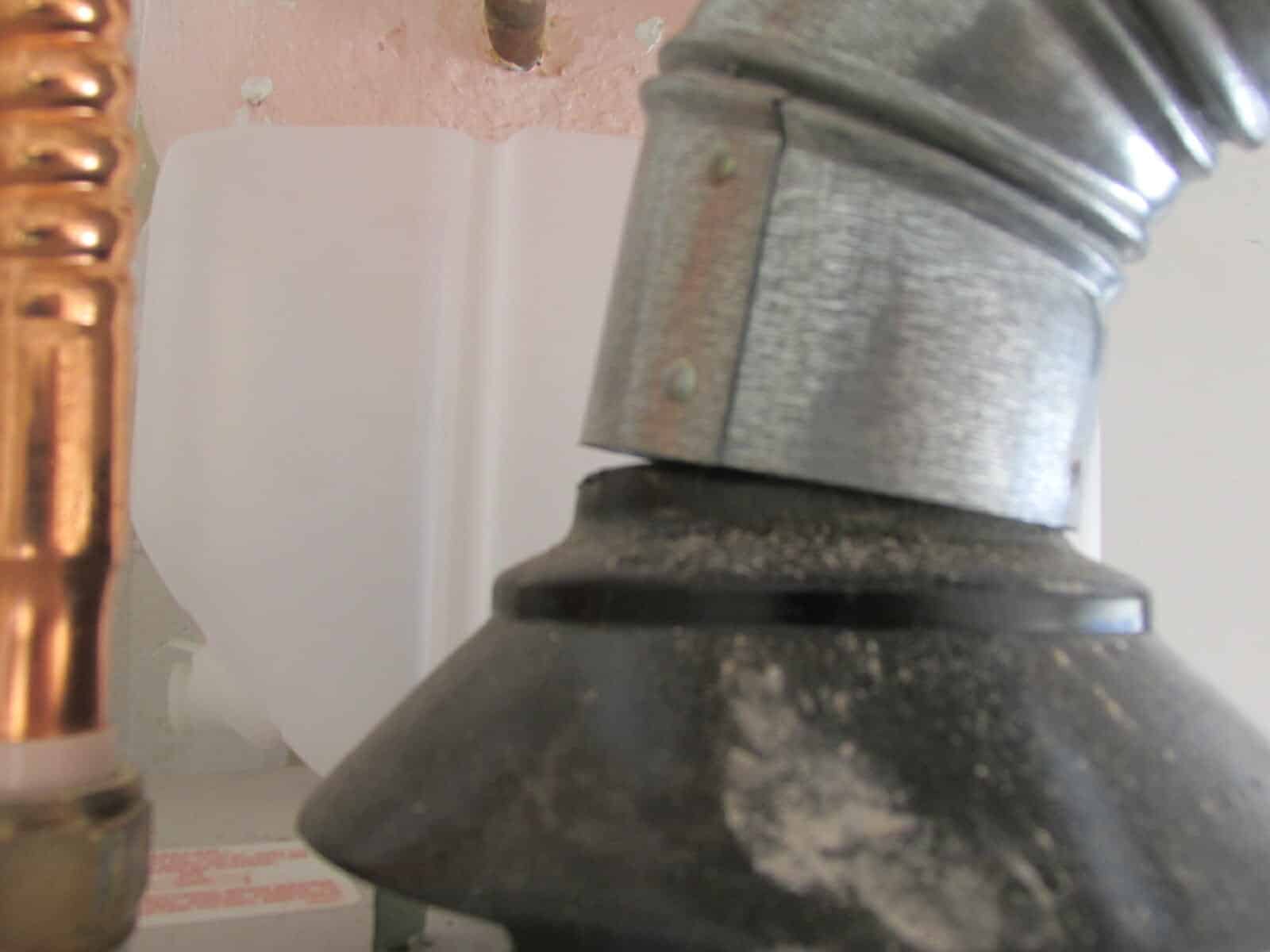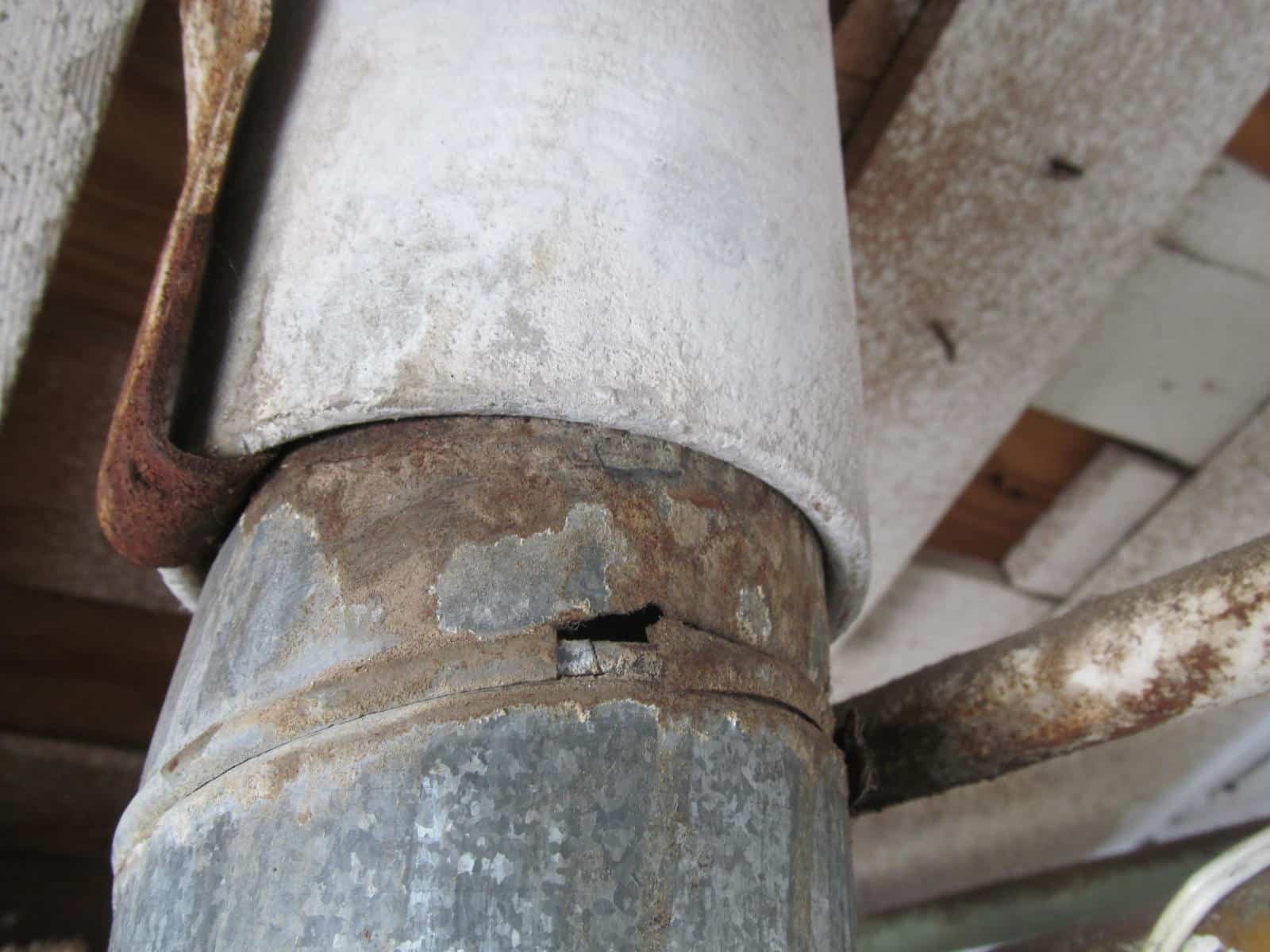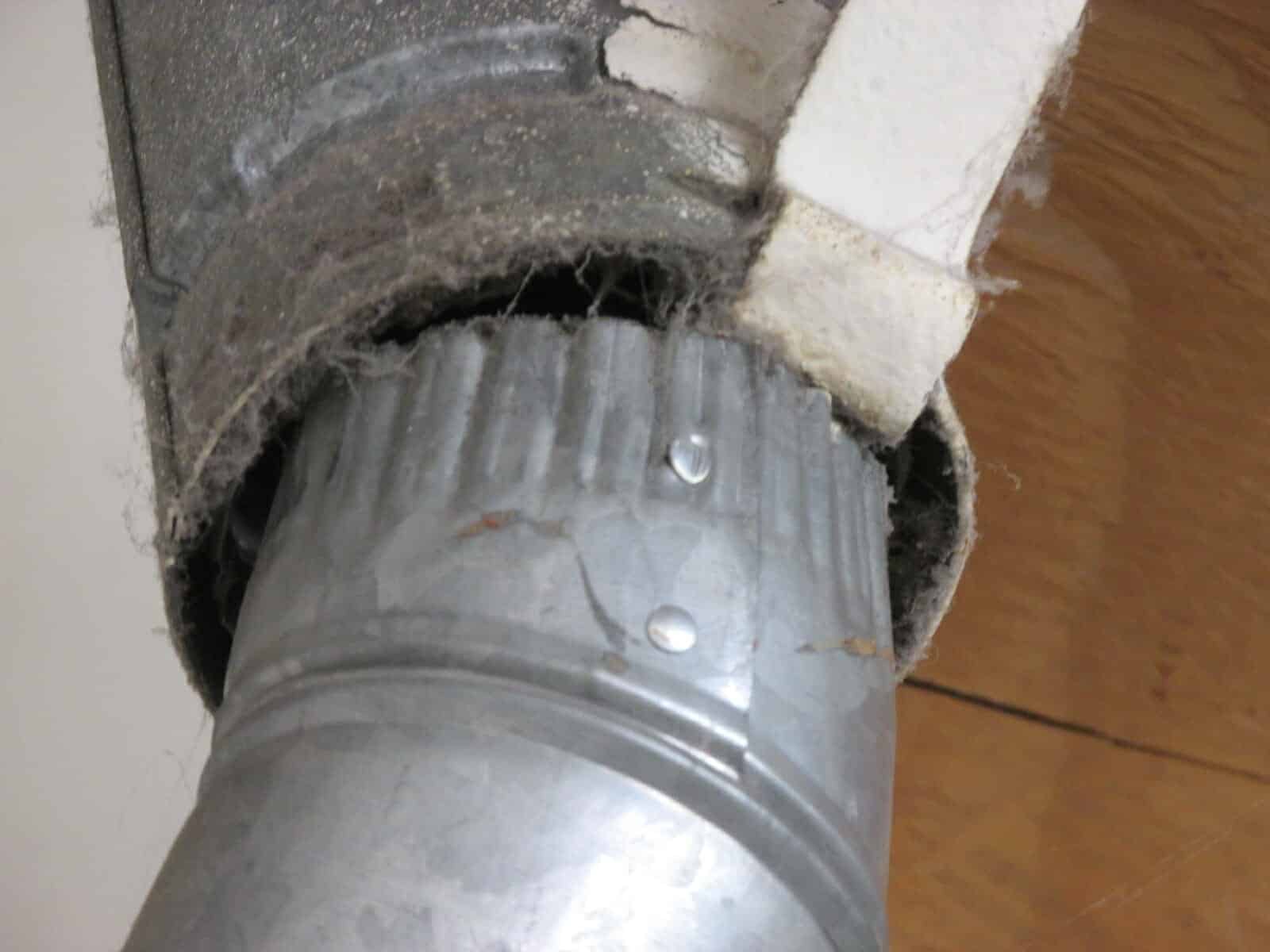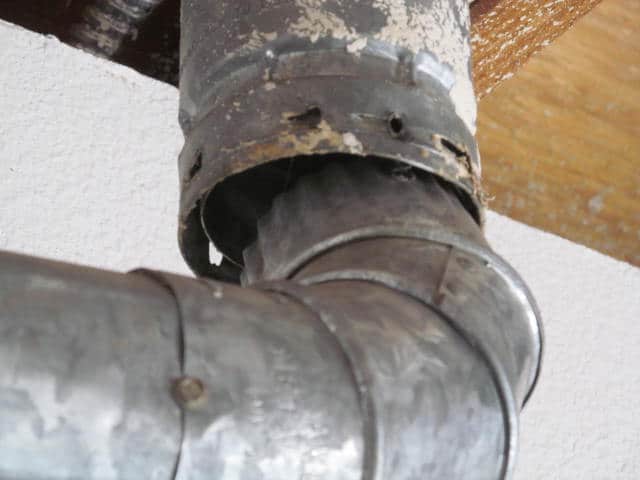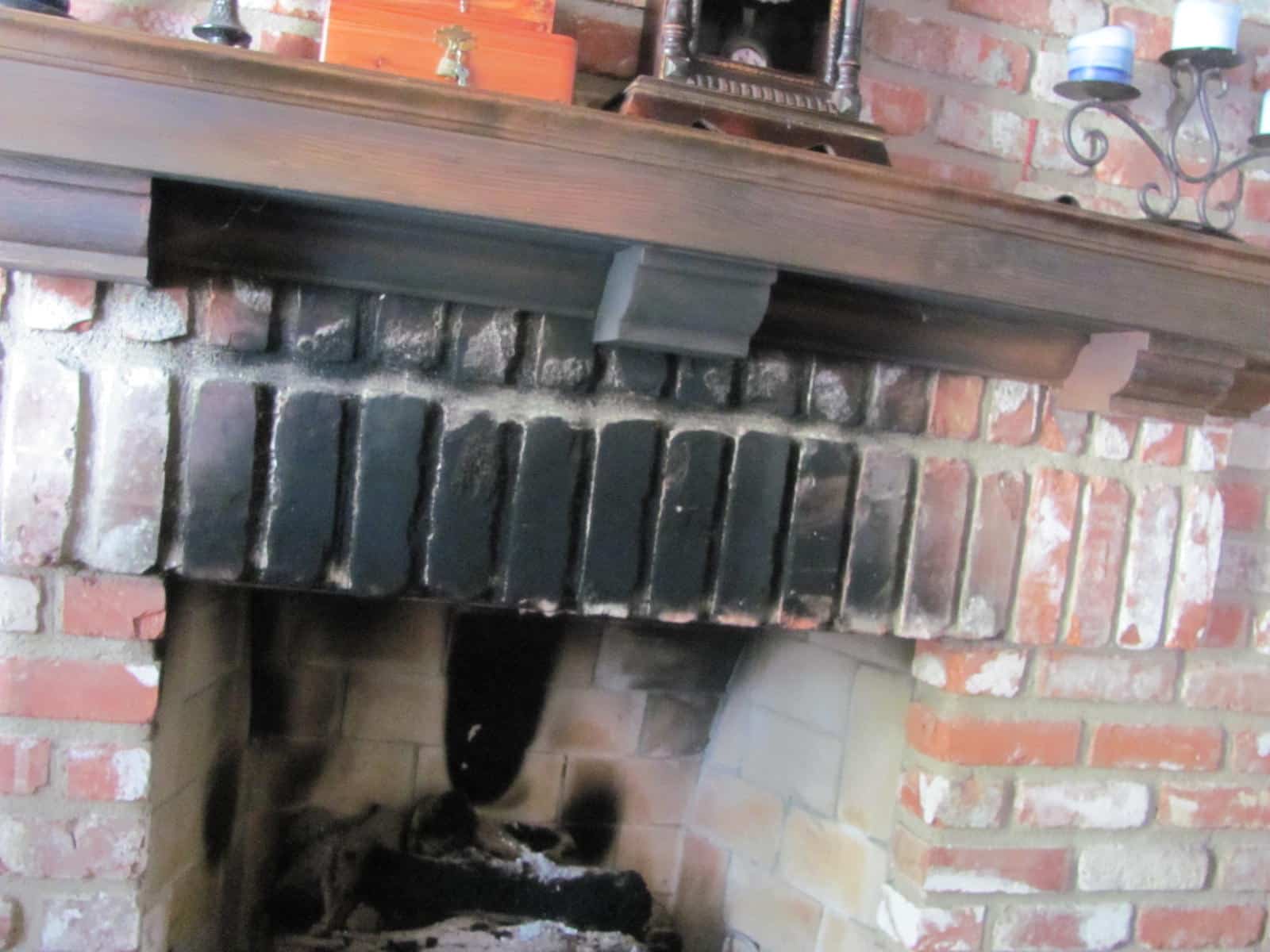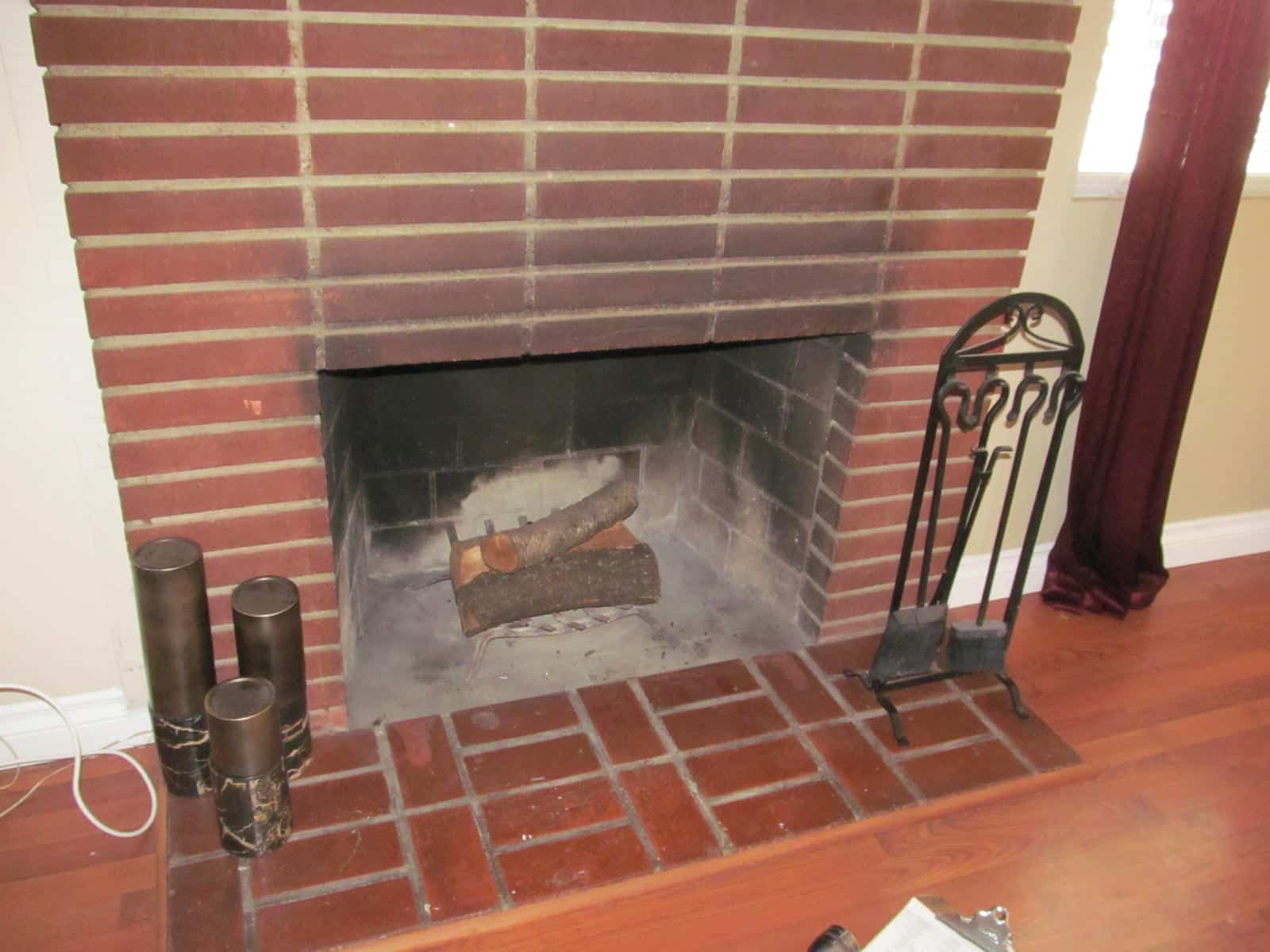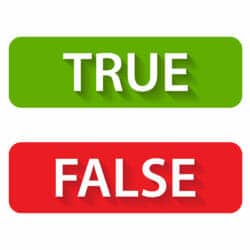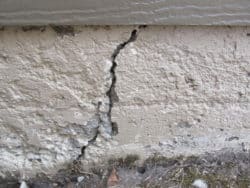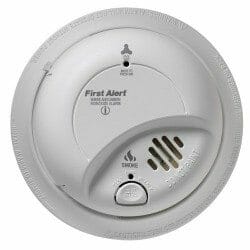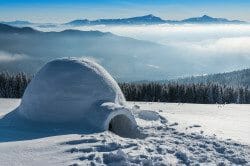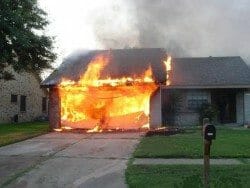Hidden Sources of Poisonous Carbon Monoxide In Your Home | Safety Checklist
Home » Interior » Alarms: Smoke & CO »
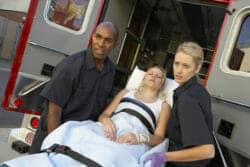
Discovering 5 Hidden Sources of Carbon Monoxide In Your Home | Checklist
There are 5 hidden places that poisonous carbon monoxide gases may be coming from in your home, ones that you may have overlooked or never thought of.
Therefore, you should check these 5 places before it’s too late; be proactive and avoid risking carbon monoxide poisoning. The safety checklist takes about 15 minutes for most people.
What should you look at?
Since carbon monoxide comes from the burning of fossil fuels, you should look at items in your home that burn fossil fuels. This will differ from home to home, but the list will include the following:
- Natural gas or propane water heaters, including tank-less water heaters
- Natural gas or propane furnaces
- Natural gas wall heaters
- Gas stoves and ovens
- Wood burning and fuel oil heating stoves
- Gas and wood burning fireplaces
Carbon monoxide usually results from incomplete burning (or combustion) of fossil fuels, such as, wood, natural gas and propane. This incomplete combustion results in carbon monoxide being present in the air and is one of the reasons that appliances like gas water heaters or gas furnaces have a vent that carries the carbon monoxide laden air to the exterior of the house. These vents usually terminate though the roof or exterior side walls.
Fireplaces and wood stoves usually vent smoke and carbon monoxide laden air though a chimney or metal flue to the exterior.
Terms to be aware off
When professionals discuses carbon monoxide they will often use several common terms, here are a couple:
- “Appliance” – usually refers to items like furnaces, water heaters, stoves, wall heaters, laundry dryers and fireplaces.
- “Vent” – generally referring to some form of pipe (metal or other material) carrying air (with moisture, contaminates, smoke or carbon monoxide) away from the appliance and releasing them into the exterior atmosphere.
Warning Signs That CO May Exist or Occur
Common red and yellow flags of existing or potential carbon monoxide risks include vents that are separated, rusted or that have holes in them. If a vent or flue has obstructions, is not installed properly or has the wrong slope; then it may leak CO into the house itself.
Vents, flues and chimneys
Nearly all fossil fuel burning appliances or items have a vent or chimney to carry toxic by-products of combustion to the exterior; basically, for health and safety.
Vent connections or separated vents
Check that all metal vent pieces are connected and secured together properly. There should be no gaps or space between the pieces where CO gases (carbon monoxide) can leak out. The size of the vent pieces should remain the same or become larger as they transition to the exterior. If the size becomes smaller, it is a yellow or red flag.
Slope of vent
Vents are basically vertical and go upward. If a vent is level horizontally or has very little slope, it should be professionally reviewed for proper installation. Reviewing the manufactures’ installation instructions is also recommended.
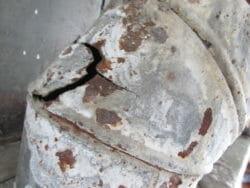
Rusted vents and stained vents
Rusted vents may have holes in them that allows CO to leak through or may be nearing a time when the vent will leak. Replacing rusted vents is recommended and is usually considered a maintenance item. Another indication of possible vent issues is staining, therefore, further investigation as to the cause of the stains is wise.
Don’t forget the attics, for often vents run through them to reach the roof
Often vents run through a home’s attic. If so, examining the vents in the attic is wise, for the vent pipe may be damaged, separated or holed and leaking carbon monoxide gases.
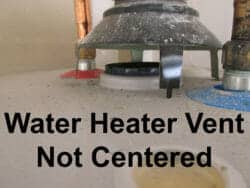
Water heaters
- Examine the installation and condition of the vent
- Rusted out burner area near the bottom of the water heater may allow CO gases to escape through the rusted area, rather than up the vent.
- Special examination of the Draft Hood. The draft hood usually sits directly on top of the water heater. If it is not centered properly, tilted or not installed properly, CO poisonous gases may boil out at this point rather than rise properly through the vent.
Photo shows a vent hood that is not centered or secured properly.
Gas clothes dryer
Laundry dryer vents should not vent to the interior or allow air from the dryer vent to leak or escape into the laundry room or garage; the hot moist air in the dryer vent may contain poisonous carbon monoxide gases.
- Is the dryer vent clogged with lint or restricted?
- Is dryer vent separated or does it have holes in it?
- Flapper in the outside vent cover, does it operate properly?
- Do you experience headaches, nausea, and dizziness in laundry room?
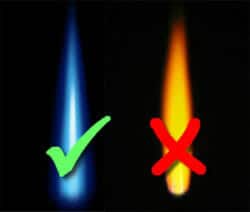
Furnaces
- Furnace vents. Check the furnace vent for loose connections, gaps, holes and damage.
- Is there bubbled and flaking paint on the top or sides of the furnace, if so there may be a venting problem which can result in a CO problem.
- Crack heat exchanger. (see the tip below about gas company) If the heat exchanger is cracked, there may be CO gases being circulated through-out the house; this is very dangerous.
- If the flame in the furnace is red or yellowish and not blueish, then there’s inefficient combustion and more CO is being produced.
- Make sure all the cover panels and doors are properly on the furnace and that none are missing. At times, if the panel or door for the filter access is loose, missing or not fitting properly; then it may allow air with carbon monoxide in it to be sucked into the plenum area and circulated through-out the house.
Tip. Call the gas company and ask them if they would check your heat exchanger in your furnace for cracks or leaks. They will often do this for free.
Fireplaces (Wood, Gas or Propane)
- Smoke stains on the face of a fireplace or on walls or ceiling is an indication that the fireplace may not be drafting properly. Drafting issues may lead to carbon monoxide gases escaping into the home’s atmosphere.
- Look up the chimney, if possible, for obstructions, such as dead animals, nest or damage. A strong light is usually needed.
- Checking the top of chimney. Step outside and look at the top of the chimney. Look for damage or obstructions that may affect drafting of the fireplace.
Note. Professionals recommend that a fireplace and chimney be cleaned and inspected on a regular basis. ( Read about types of fireplace inspections )
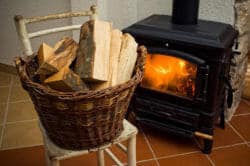
Wood heating stoves
Does the door close properly and are there any seals missing, cracked or damaged?
If are there any cracks in glass on the fireplace, be cautious, for the cracks may expand or open up without you realizing it.
Rust. If the stove, door or flue is rusted, check for leaking smoke and CO. Rusted flue pipes usually get worse over time, therefore, having the stove inspected by a professional is wise.
Flue / chimney. Are all sections of the flue secured properly and none have shifted out of place or has gaps? A leaking or damaged flue is a significant safety concern and should be corrected.
Damage or cracks to the body of a stove that allows CO gases to escape is hazardous. If observed do not operate the stove until professionally inspected.
Smoke on the walls or ceiling. If there’s smoke stains on the ceilings or walls, there is a pretty good chance that the same air the was carrying the smoke was carrying carbon monoxide as well.
Any exterior vents that terminated under openable windows?
Are there any vents from gas appliances that terminated on the exterior walls under or near an openable window, especially a bedroom window? If so, when the window is opened, carbon monoxide may blow or be sucked into the house through the openable window. The vent should be relocated to a safe and proper location.
Is the garage heated or air-conditioned?
If there has been modifications to the home’s HVAC system where someone has run an extra heating or cooling duct to the garage from the furnace or A/C in the house or the same HVAC system serves the house and garage, then there may be a hazardous condition. If so, there’s a building code violation and health concern, for this may allow carbon monoxide gases to enter the home’s HVAC unit and be distributed though-out the house. This condition should be reviewed by a licensed and qualified heating and air-conditioning contractor.

Options in protecting your family and pets
A bare minimum of CO protection in your home is to have basic CO alarms placed per manufactures recommended installation instructs and per code.
Increased protection and options
I you wish to go for a higher level of protection there are several other things you can do. One is to install one or more CO alarms that have a digital read out that shows how many PPM (parts per million) of CO is in the air; this way you know about the amount of CO that you are being exposed to and also see when the level of CO in the air changes.
There are also alarms that have audio features that will verbally warn you or children that there is a dangerous level of CO in the air.
Other carbon monoxide alarm systems can be tied into security and smart house systems, some of which you can monitor by your phone. This type of system is especially advantageous when you have pets, children or seniors in your home.
Meter option
When checking your appliances (furnace, water heater, etc) there are hand held CO detectors that detects and measures concentration levels of carbon monoxide gas by your appliance. These can be useful because they will recognize low levels of CO, such as a small rusted hole that is leaking only a small amount of CO, but over time may become a significant source of CO. By discovering this potential problem early, you can avoid the risk of it turning into a deadly event.
Word of caution
If any of the above conditions in this article exist in your home, then they should be repaired as necessary and reviewed for proper installation per manufactures recommended installation instructions and local building codes.
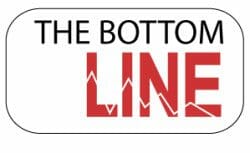
It is important to remember, that even though your carbon monoxide alarm has not gone off, prolonged long-term exposure to low amounts of CO gases can affect your health, as well as, that of your pets.
The good news about Carbon Monoxide is that it’s relatively easy and inexpensive to protect yourself from being exposed to Carbon Monoxide poisoning. Having properly installed and operating CO alarms, testing your alarms on a regular basis and doing a safety check on your fossil fuel devices and appliance will go a long way in protecting you.
Educating your family and being pro-active can help save you and your family from CO poisoning, so it is wise not to put off making your home and yourself safe.
